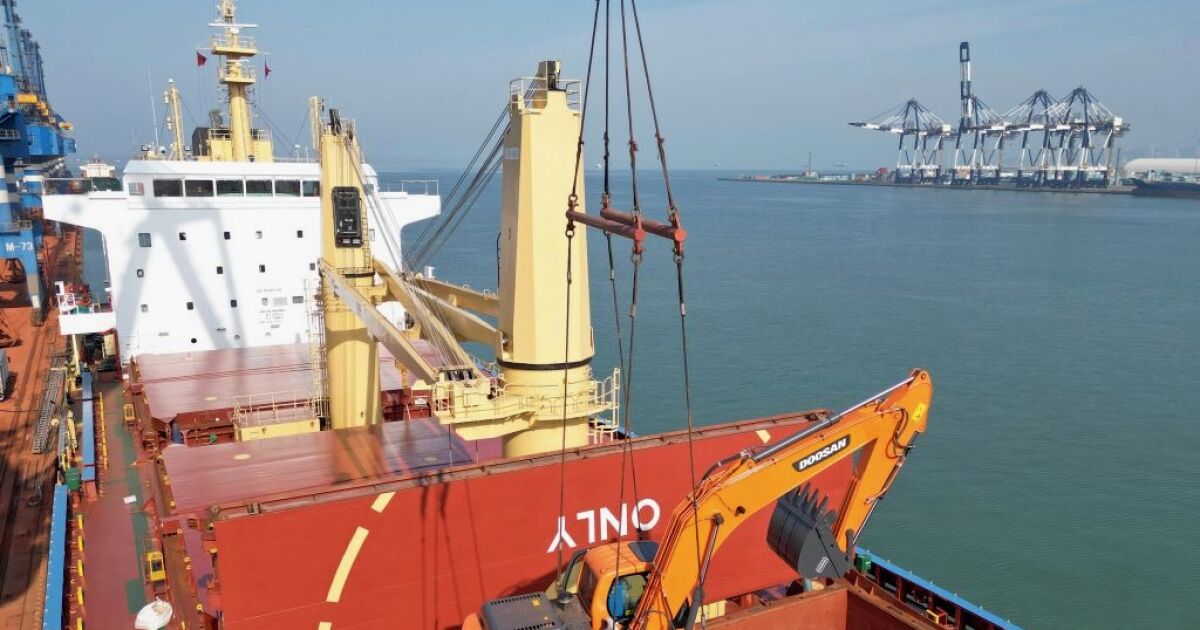In the first seven months of the year, Mexico’s imports from Asia reached $141.219 billion, an increase of 10.6% compared to the same period in 2023, according to data from Banxico.
China accounted for 51% of these imports that Mexico makes from Asia, with 72,512 million dollars, an increase of 13.5%.
What Mexico exported to China from January to July 2024 barely amounts to 5,592 million dollars.
Mexico’s trade deficit with the Asian giant in the first seven months of 2024 is $66.92 billion.
Given the concern surrounding this, the team of the next Secretary of Economy, Marcelo Ebrard, and the person who will be the coordinator of the Sheinbaum Business Advisory Council, Altagracia Gómez, have mentioned that nearshoring will play a fundamental role in import substitution, but experts say that this does not look easy and that Mexico needs a more structured plan to achieve this goal.
A strategy that will take time
China’s success dates back to 1979, with a model that established bureaucratic deregulation, the opening of financial and commercial systems, and its entry into the World Trade Organization.
While Mexico, for many years, entered a zone in which it seemed better to import than to produce.
“There is a reality: this will not be possible through a decree, a stroke of the pen, a secretary, or a six-year term. It is a project designed for the long term, structured, well-defined, segmenting industries into which are the most competitive? Which are the most disadvantaged?, in order to provide support, advice and follow-up,” explains Eduardo Castañeda, an international trade specialist.
The professor at the School of Banking and Commerce (EBC) also adds that while it is positive that this push for national supply is being considered, it is more complicated than it seems.
“The possibility of bringing companies here is attractive, but we also have a lock and that lock was placed on us by the United States through the T-MEC. There is a provision in which it is argued, it is stated that we cannot and should not have commercial ties with a country that is not a free market country, that is, it is directly focused on China.”
For example, Chinese car assembly plants are currently heavily inspected, so if they are installed in Mexico they will be closely monitored by the United States.
Enrique Dussel, coordinator of the China-Mexico Studies Center (Cechimex) of the Faculty of Economics at UNAM, agrees that in the short term, import substitution from China is not viable.
“If 20% of Mexican imports come from China, then we are talking about a massive supply. China is Mexico’s main supplier of electronics, auto parts and telecommunications for the domestic market and also for exports,” he says.
For the Cechimex coordinator, Mexico’s approach to replacing imports from Asia, with a focus on the Asian giant, has more to do with pressure from the United States with its anti-China strategy.
But this also poses difficulties for Mexican industries, such as the automotive industry, which is heavily dependent on imports from China. “It is believed that Chinese imports could be reduced and disappear from Monday to Friday, without realizing that they contribute greatly to the country’s value chains.”














